TECHOSPHERE Autumn 2018 Issue 76
Our man in Otaki Waka Attewell sits down with lighting legend Chris McKenzie.
Chris is the PLS man and the ‘P’ stands for ‘Professional’. He’s also that guy you confide in when the lamp you’re looking for has a weird name but you can’t remember who told you or where to find it. He’ll also be able to tell you about the secrets behind Softdrop or the latest in LED technology, and what cheaper option is happening in the theatre world and just as suitable (but half the price) for Film and TV.
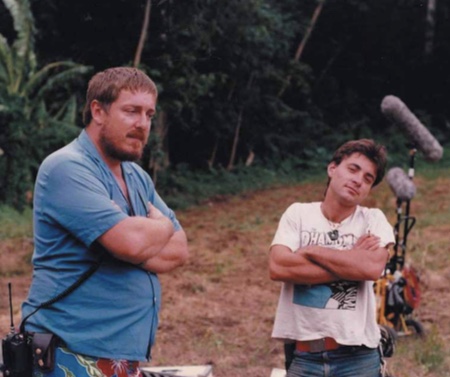
Besides the cluttered desk of a busy businessman, the next thing you notice is the free-floating burning light-bulb. I was tempted to run my hand under it to see what would happen, but just as I had the thought, Chris said, ‘Induction, it’s my homage to Tesla.’ We moved to the boardroom for a chat.
In his late teens, the shift from Auckland to Masterton was bad enough, but also the small town thinking, which played out the cliché of which side of the tracks you were born on, and then there was that awkward moment when he had to tell his father that he wanted to go flatting. ‘Easy, I’ll move to Christchurch and study electrical engineering, there might be a degree in it?’  This also took care of that other moment when he had ‘that’ conversation where his father said, ‘That’s all very well, Chris, but lighting small-town theatre productions is not going to be a great career. How about a trade that you can fall back on?’
This also took care of that other moment when he had ‘that’ conversation where his father said, ‘That’s all very well, Chris, but lighting small-town theatre productions is not going to be a great career. How about a trade that you can fall back on?’
After a year of working in the southern theatrical community (the concept of distracted comes to mind), the end of year exam was a matter of sitting still for the two hours whilst counting the patterns in the wallpaper (after putting his name at the top of the page) and waiting for the time to elapse before departing. The resultant D’s weren’t really that bad but the Christmas phone call from the Dean of the Faculty suggesting Chris might like to find something else, led seamlessly into loading railway wagons during the day and rigging lights in the Wellington Opera House at night.
Art vs commerce (or a bit of both) was a big deal in 1973, and not many people were thinking like that. The rigging of lamps in the Opera House and tending the ‘follow’ spot moved easily to a permanent position in the lighting team at Waring Taylor Street in the new television studio, WNTV1. They wore a government-issue uniform of white coats and the TV output was black and white.
Colour came soon enough, with a hiss and a roar, as things were fast-tracked to bring the
first colour TV when the 1974 Commonwealth Games hit Christchurch. Chris, acting as the Assistant Lighting Tech in the main studio, with a total of just nine new colour cameras, bought us the spectacle of those games. Bill McCarthy made it real and live nightly in our lounges, at a time when the James Hay Theatre’s space was the most advanced architecture in the country.
Then came a trip to OZ and a two year stint on Channel 10, and then a move to 7. Live TV five days a week has a certain way of honing those skills, especially when union trouble saw the firing of three of the four technicians already in the lighting department. While Chris was looking the other way (and thinking the whole thing was all a bit of a fuss), he advanced up the totem pole without so much as breaking a sweat.
Live TV has the joy of hard and fast work, and he got to meet his heroes and those who he admired from afar. He still has the personally signed Cleo Laine LP, and the Mike Walsh Show became one of those iconic OZ series, while a show called Number 96 (known as the second successful TV soap in OZ) saw an episode which ended with two blokes sitting up in bed sharing a cuppa (1975), which brought the country to its knees. These openly gay characters on the tele were a world-first in the 1970’s.
Newly married, this led to a trip back to Auckland, and the beginning of five years working at Vidcom. They had one of those new-fangled video machines that could record 26 seconds and then play it back at any speed and in any direction! It was apparently a break-through that everyone in the Ad world lined up to use!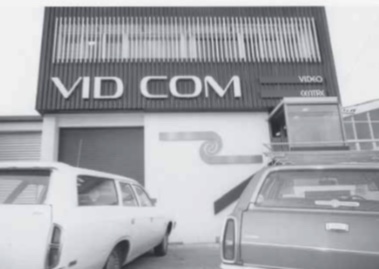
Chris got drawn even more into the art of lighting when James Bartle was brought in for those special jobs and (as anyone who has worked with Jim knows) the words ‘art’ and ‘creative endeavours’ have never been so perfectly aligned than when in the presence of a Bartle description of what that lamp is doing and how it is doing it.
Then the film industry did one of those sideways steps which demanded a note of risk, which saw Chris head off into the freelance world of Gaffer for hire with 6 redheads, 2 blondes and a couple of C arms — all jammed into a Renault 12.

Things seemed to be working and the employment flowed enough to embark on the longterm lease of an Avis van. Along came the TV series Hercules after the movies of the same name kicked it all off. So why wouldn’t you row the boat even further and set up a professional lighting company? PLS was created and joined forces with an electrical company (Kenderdine) and, as they say, the rest is history.
Wellington was the place to be through the 80s, with the likes of big budget stuff at Silverscreen, along with ‘The Silent One’ (the only tax-break movie Chris signed on for as a favour to his old colleague Bartle, who bailed after the recce to the Cook Islands.) The change of DOP saw Ian Paul come on board. Remember this movie? Yeah, it was the one where soap-opera-great Pat Evison was painted head-to-toe in brown paint and the director (whilst holding onto the storyboard for dear life) was asking the animal wrangler (from OZ) ‘how do we make the turtle cry?’ Hell, I wish we could print the reply!
Chris still stands guard over a business that supplies those bits that the gaffer doesn’t carry, and still sees 70% of the year’s activity coming out of the shop. ‘The Ghost in the Shell’ saw nearly half a million of LED strip lighting fly out of the door; this is an innovative business and Chris is a guy who is constantly looks to Europe and beyond for the next pioneering wave.
But how about the guy who creates the lighting source and then appreciates how that light falls upon the object? You can sit in his office discussing the aesthetics; it’s a rare thing for a self-confessed hardware junkie to have such love of the business where it’s not just about the bucks but about the quality and the craft. In my book, that’s how you run a business.
How really should we judge success? The warehouse-shop full of the latest LED lighting,
the two acres of electrical store down below, or the upper level where you can rent out the grid, fit out a sound stage or top up the lights for a Pink Floyd concert?
Either one will do. If only his dad could see him now.


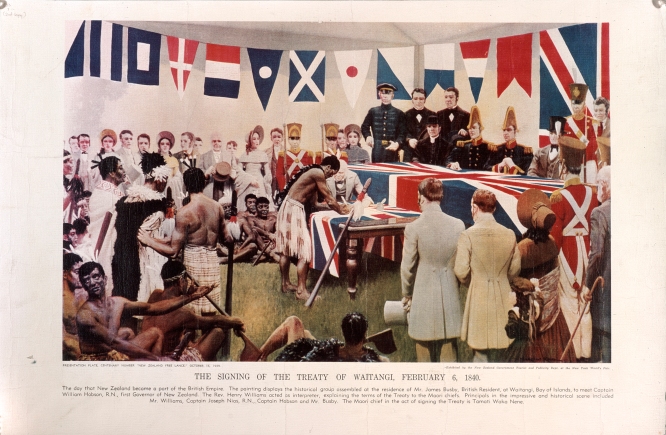

 Raukawa Marae. Photo: Waka Attewell
Raukawa Marae. Photo: Waka Attewell Raukawa Marae. Photo: Waka Attewell
Raukawa Marae. Photo: Waka Attewell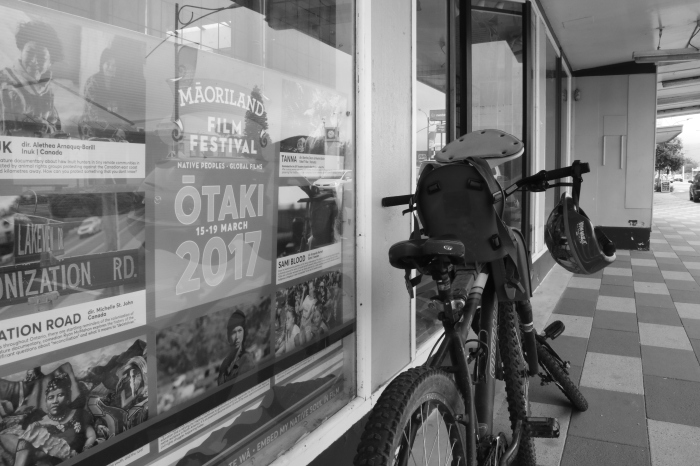 Otaki main street. Photo: Waka Attewell
Otaki main street. Photo: Waka Attewell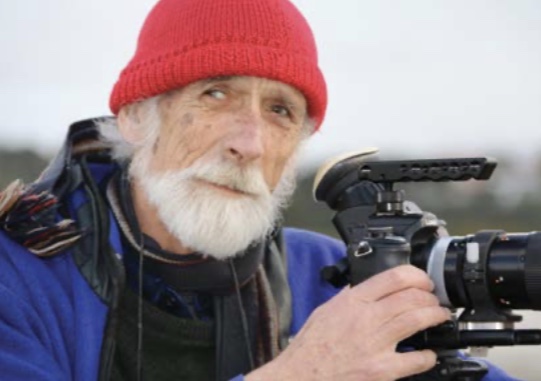






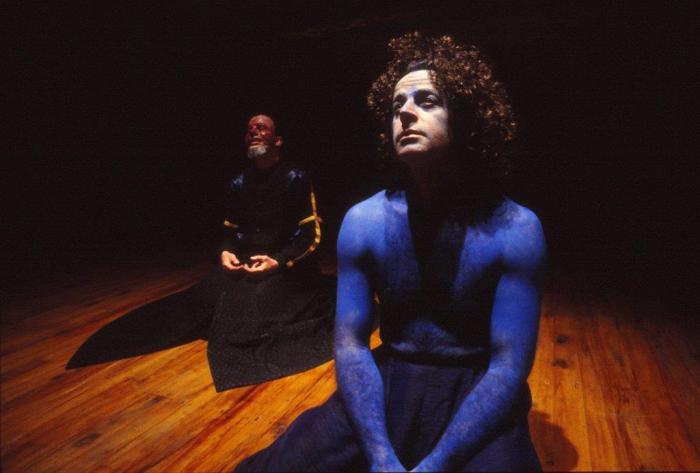


You must be logged in to post a comment.